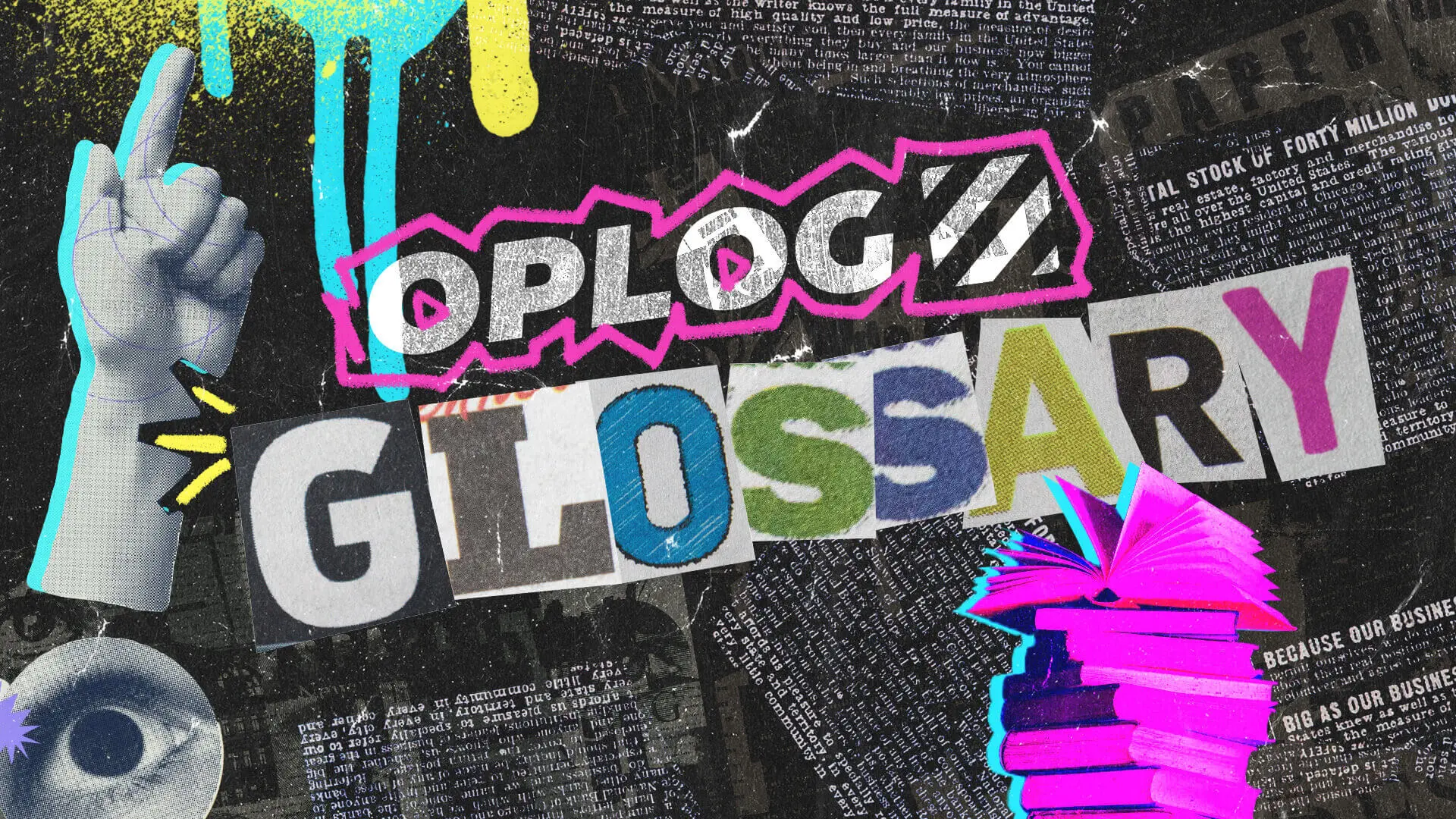
Fulfillment
In logistics and e-commerce, fulfillment refers to receiving, processing, and delivering customer orders. Fulfillment encompasses getting products from the warehouse or distribution center to the end customer, including order picking, packing, shipping, and tracking.
What is fulfillment?
Fulfillment refers to the process of completing or satisfying a request or order. In business, fulfillment often refers to delivering products or services to customers after they have placed an order.
In the context of e-commerce or online retail, fulfillment typically involves:
• Receiving and processing customer orders.
• Picking and packing products.
• Delivering them to the customer.
This process can include various stages such as inventory management, order processing, packaging, shipping, and tracking.
What are the benefits of using a fulfillment service provider?
Using a fulfillment service provider can offer a range of benefits for businesses.
One of the primary advantages is cost savings, as outsourcing fulfillment can often be more cost-effective than managing it in-house. This is because it eliminates the need for businesses to invest in their warehousing, equipment, and staff and allows them to benefit from economies of scale.
Secondly, fulfillment providers can help businesses streamline their operations and improve efficiency, allowing them to focus on other core aspects of their business. Fulfillment providers also offer a range of value-added services, such as order tracking and customer service support, which can help enhance the customer experience and increase customer satisfaction.
Finally, a fulfillment service provider can enable businesses to expand their reach and enter new markets by providing access to a network of distribution centers and logistics partners, making shipping products to customers worldwide easier.
What are the processes of fulfillment?
Fulfillment typically involves a series of processes that begin with receiving and processing customer orders. This can involve validating payment information, verifying inventory levels, and updating order status.
Once an order has been processed, the next step is picking the products from the warehouse shelves and preparing them for shipment. This can involve using barcodes or other tracking systems to ensure accuracy.
After the products have been picked and packed, they are shipped to the customer using a variety of transportation modes such as ground, air, or sea. During this stage, it is important to ensure that the products are appropriately labeled and tracked and that the customer receives accurate and timely delivery updates.
Finally, after the products have been delivered, the fulfillment process is complete, but it is essential to continue monitoring customer satisfaction and addressing any issues that may arise.
By effectively managing each stage of the fulfillment process, businesses can ensure that they provide a seamless and efficient experience for their customers, which can help to improve customer satisfaction and loyalty.
